December Audio Meditation
Here’s our December 2020 audio meditation on mp3…
For those of you who prefer to have images with your meditation, here’s our YouTube version of the same meditation…
Meditations, experiments, books and guided meditations to assist with nourishing spirituality, healing childhood wounds, and living more consciously.
Meditations, experiments, books and guided meditations to assist with nourishing spirituality, healing childhood wounds, and living more consciously.
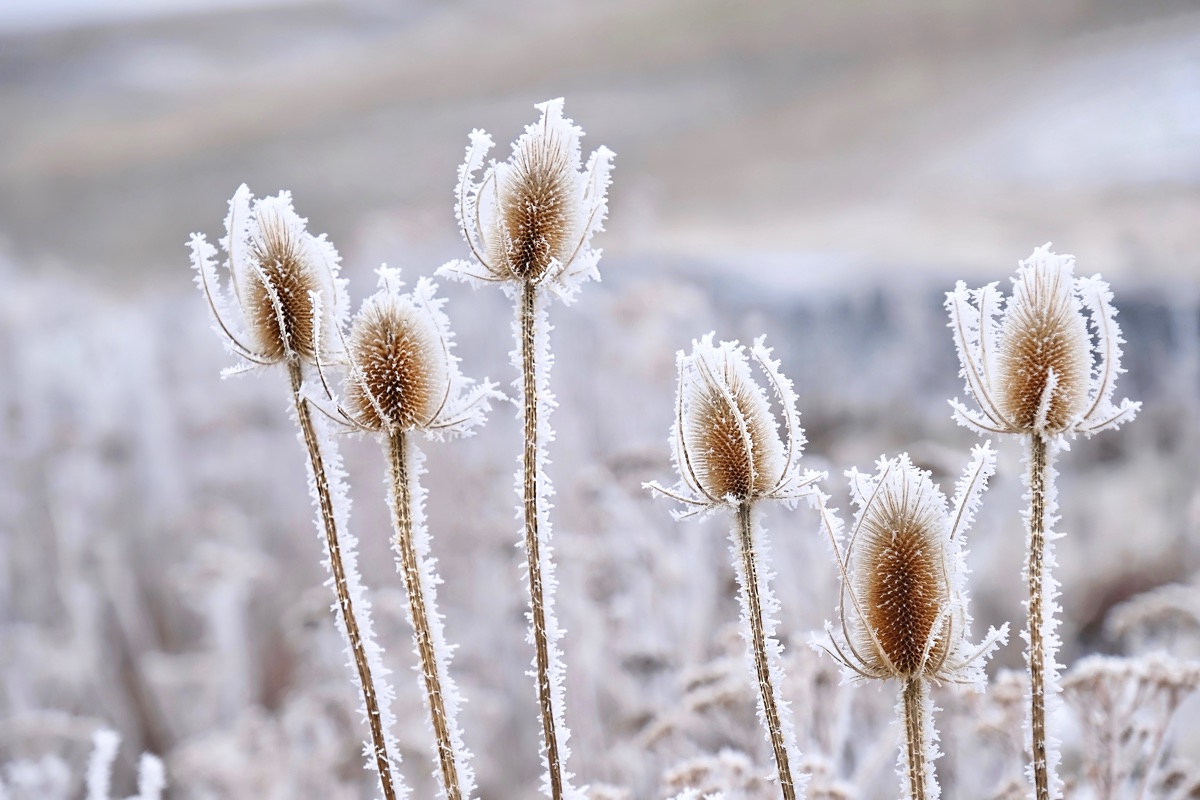
Here’s our December 2020 audio meditation on mp3…
For those of you who prefer to have images with your meditation, here’s our YouTube version of the same meditation…
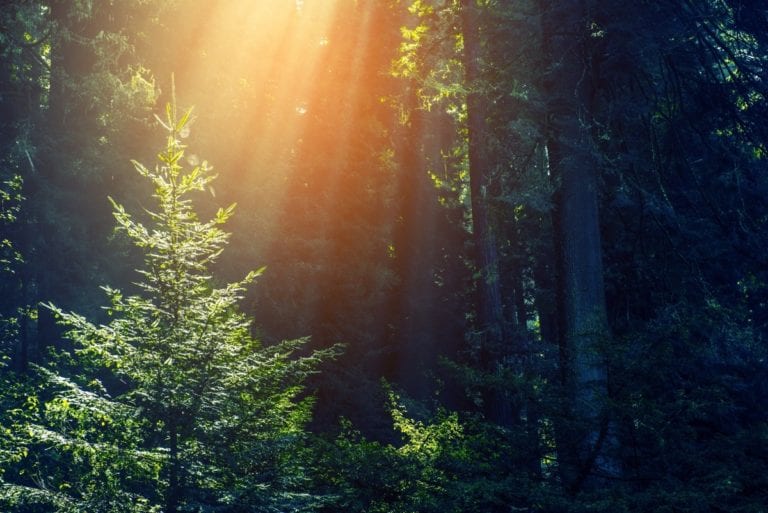
This month, we focus on the frequency of ease as we continue to explore the importance of orienting to frequencies/qualities of being and expression that support, nourish and inspire us. Starting each day choosing the frequencies with which we want to resonate offers a choice about what qualities we want to experience and radiate to the world around us.
If you’d prefer to listen to this meditation with images from nature, here’s the YouTube version.
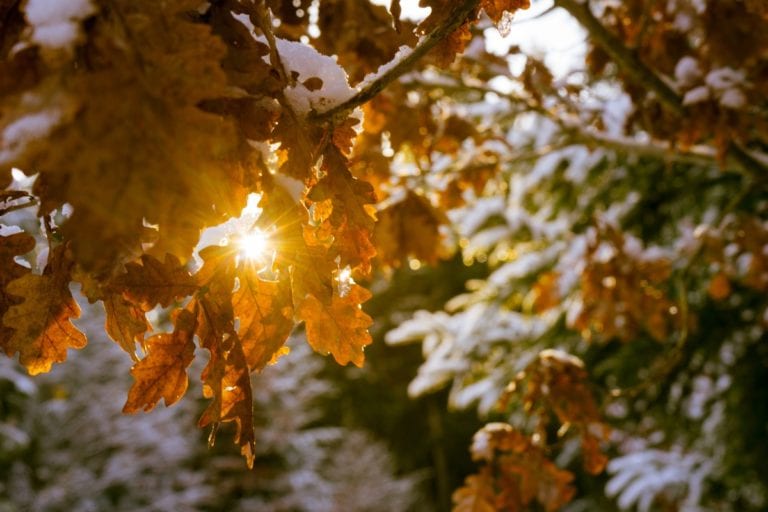
I just watched a Netflix video of Trevor Noah: Son of Patricia. I always enjoy Trevor’s humor, as it touches into cultural and racial issues that may be hard to talk about in other contexts. In this particular comedy routine, he spends a good bit of time around how he feels when people call him the “N” word. Apparently, in his mother’s language, this particular word, or the sound of it, means “to give”, so it can bring a warm feeling to him when people shout it at him.
As I watched this video, it got me to thinking about how violent some words can be and how we might respond to these words without adding to the violent energy behind them. Read More “734th Week: Meeting Violent Communication with Love”
During this political season, we have experienced the emergence of an underlying polarization that has had more power and pervasive presence than I suspect many people would have anticipated. For me, above and beyond political considerations, this polarization expresses the fundamental difference in a stance that holds an assumption of oneness and a stance that assumes separateness. Read More “Week 641: Orienting Everyday Activities Toward Oneness and Kindness”
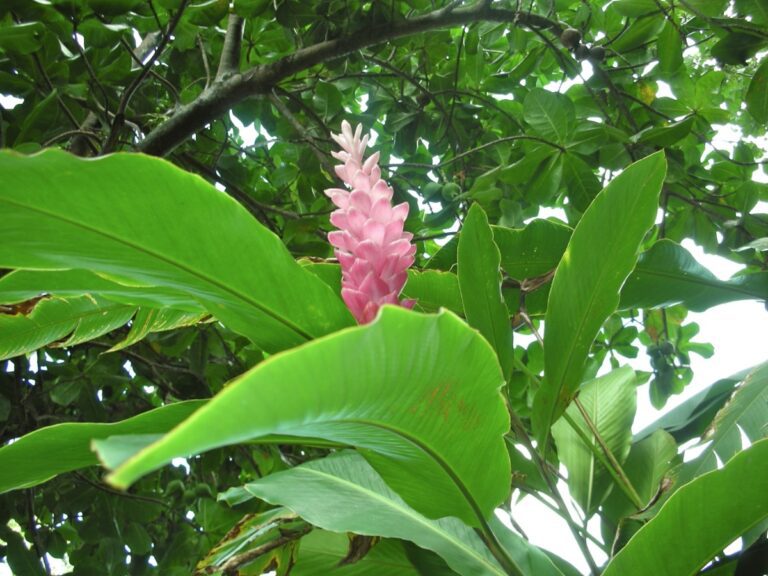
884th Week : Orienting to Frequencies
I’ve talked recently about the importance of noticing the quality of energy with which we resonate, the frequencies we bring into our lives and experiences. This year’s monthly audio meditations on my website focus on frequencies and the subject of the quality and tone of energy comes up often in my work with the people who come my way.
Not only do I think that it is vitally important to track which frequencies we bring into the foreground of our awareness, but I also invite people to notice the tone and quality of the unique energy signature that emanates from their core presence, from that place inside each of us that is our internal home base.
I woke up one morning saying the following to myself: “I am a living expression of radiant health.” What struck me as I heard myself saying this in my mind was the quality of energy inherent in the words, radiant health. Since that morning, I’ve been saying this to myself every day, with an occasional alternate version that goes something like, “I am the living essence of radiant health.” Whichever way I say it, the key is the frequency, the quality of the words, radiant health.
Also, when I say radiant health, I’m not just focused on my physical being. I can sense into radiant psychological health, or radiant creativity, or radiant emotional resilience. For this practice, I recommend using the general statement of being a living expression of radiant health, but be sure to adapt this practice to what works best for you.
My sense is that frequencies, that all frequencies/energies/qualities of being, have a direct impact not only on our state of mind but also on the state of our physical being. Because of this, one of the ways I engage my explorations of frequencies is to call on certain qualities to accompany me throughout the day. An example that I may have shared before was very powerful for me when my mother was alive and needing a lot of support. On days when I would be with her, I would call on the frequency of kindness, what I think of as the Spirit or Archetype of Kindness, asking this quality to fill me throughout the day. What I discovered was, when I remembered to do this, the day would unfold with an experience of patience and kindness in me that were more accessible and easier to express than what was usual for me.
Read More “”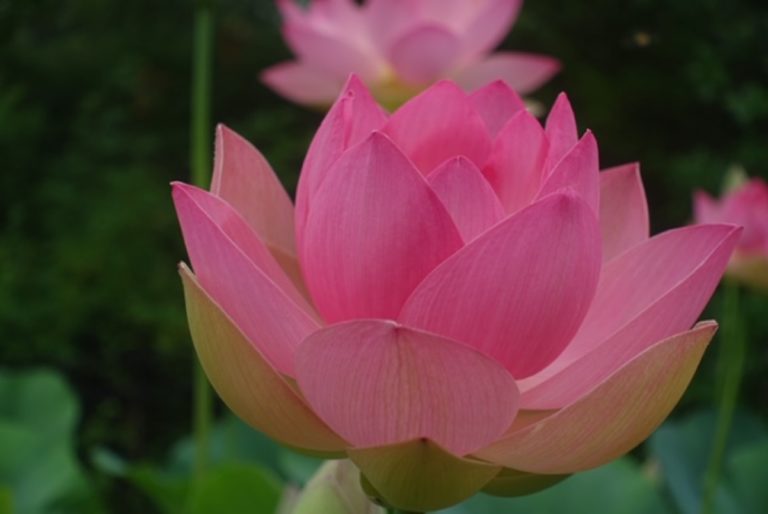
Over the last four months, I’ve gone through an experience that many people have had—the slow decline of a feline animal companion with acute kidney disease. He made it known when it was time to help him leave his body, which fortunately was able to happen at home.
As the time progressed in this shared experience, I found myself delving more and more deeply into loving acceptance of what was happening, allowing grief to accompany love every step along the way. The challenge of this time was to constantly choose love and to be fully present to what unfolded day by day. Throughout this time, I was keenly aware of the countless other people who have been, or were, in exactly the same process I was, slowly shepherding a beloved animal companion from this life. I was also aware of how many of us have taken whatever action was required to meet the unfolding experience, even when those actions were completely outside of our previous experience—our willingness to do whatever was needed to offer comfort and support to our loved ones.
The practice this brought to mind is the presence and power of choice, moment to moment, day by day. The choice I came back to again and again was to meet this experience with my heart—to let love guide each action, and with a deep commitment to honor the needs and experience of my animal family member. I also made the choice to honor the grief I felt and to allow it to be present during those moments when there was nothing else to do but enfold my sweet feline in my arms and my love.
Read More “Practice #916: Change and the Power of Choice”